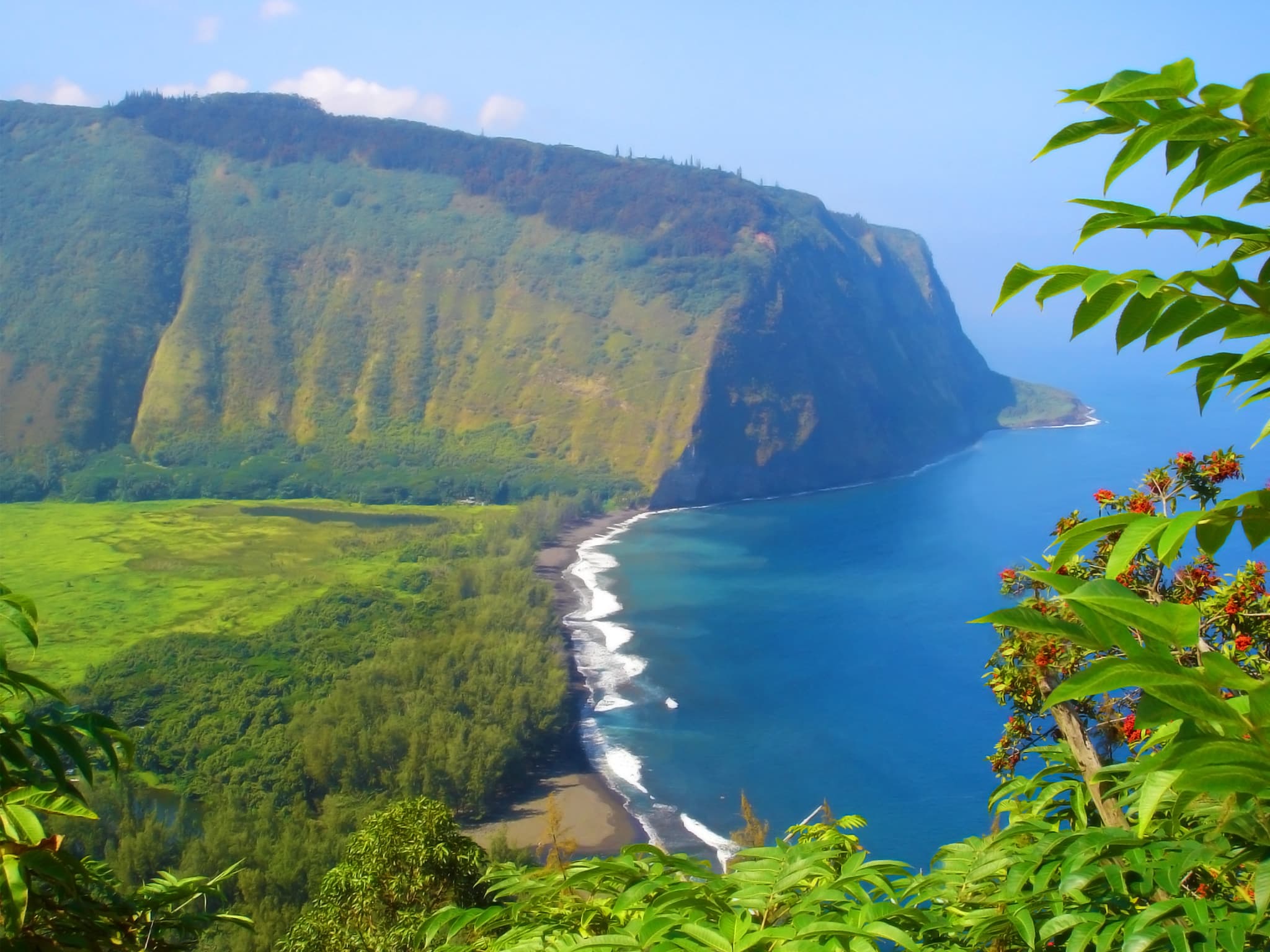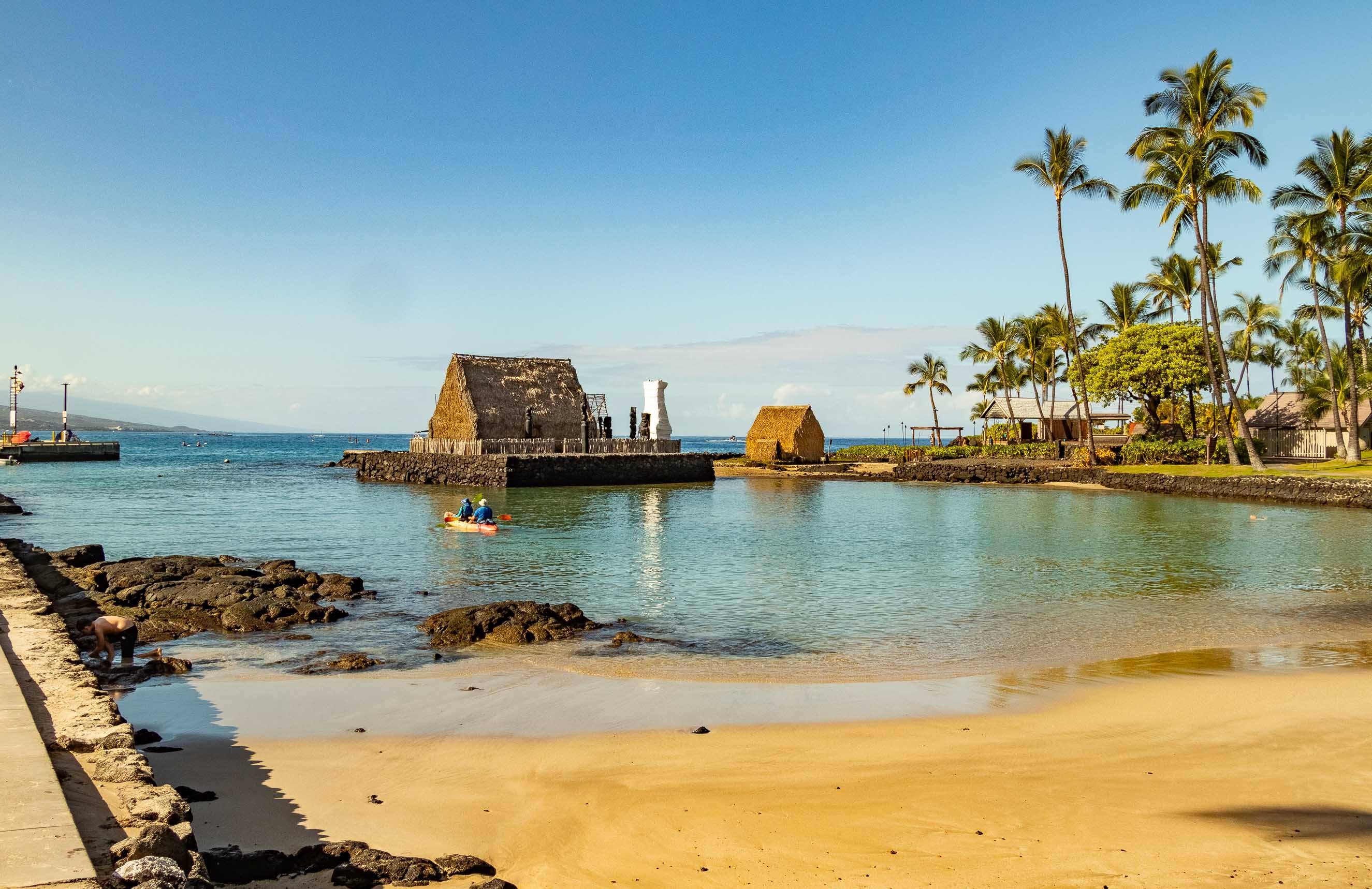Kona Island

Kona Island, nestled within the breathtaking Hawaiian archipelago, is a captivating destination renowned for its stunning beauty, rich history, and vibrant culture. Situated on the Big Island of Hawaii, Kona Island boasts a unique blend of volcanic landscapes, lush rainforests, and pristine coastlines, making it a true paradise.
Geographical Location
Kona Island occupies the western portion of the Big Island, facing the vast expanse of the Pacific Ocean. It is characterized by its dramatic volcanic terrain, shaped by the relentless forces of nature. The island’s western side is dominated by the Kohala Mountains, which rise majestically from the sea, while the eastern side features the active Kilauea Volcano, a testament to the island’s fiery past. The unique geological features of Kona Island have created diverse microclimates, ranging from arid desert-like conditions to lush rainforests.
Historical Overview
Kona Island has a rich and fascinating history, dating back centuries. The island was once home to the ancient Hawaiian kingdom, and its shores witnessed the arrival of Polynesian voyagers who settled the islands. Kona Island played a significant role in the development of Hawaiian culture, with its people known for their skilled craftsmanship, agricultural prowess, and spiritual connection to the land.
The island’s history is intertwined with the arrival of European explorers, who landed on its shores in the 18th century. The arrival of Western influence brought significant changes to Kona Island, including the introduction of coffee cultivation, which became a major economic driver for the region.
Diverse Ecosystems
Kona Island is a haven for a diverse array of ecosystems, each with its unique features and inhabitants.
Volcanic Landscapes
The island’s volcanic landscapes are a testament to its fiery past. The rugged terrain is characterized by lava flows, volcanic craters, and dramatic cliffs. These landscapes provide a unique habitat for a variety of endemic species, including the Hawaiian goose, the Hawaiian hawk, and the endangered Hawaiian monk seal.
Lush Rainforests
The eastern slopes of Kona Island are home to lush rainforests, which thrive in the abundant rainfall. These forests are characterized by towering trees, dense undergrowth, and a rich diversity of plant and animal life. They are home to a variety of native birds, including the Hawaiian honeycreeper, the Hawaiian thrush, and the Hawaiian owl.
Pristine Coastlines
Kona Island’s coastline is a breathtaking sight, with pristine beaches, turquoise waters, and dramatic cliffs. The island’s western shores are known for their calm waters, ideal for swimming, snorkeling, and scuba diving. The eastern shores are more rugged, with powerful waves and dramatic cliffs, attracting surfers and adventurers.
Exploring Kona’s Natural Wonders: Kona Island

Kona Island, nestled in the heart of the Pacific Ocean, is a haven for nature enthusiasts and adventure seekers. From its breathtaking volcanic landscapes to its vibrant marine ecosystems, Kona offers a diverse range of experiences that will leave you in awe.
Kealakekua Bay, Kona island
Kealakekua Bay is a historical and scenic gem, renowned for its crystal-clear waters and captivating history. This bay holds immense cultural significance as the landing site of Captain James Cook in 1778, marking the first European contact with the Hawaiian Islands. Today, Kealakekua Bay is a popular destination for snorkeling, diving, kayaking, and stand-up paddleboarding. Its protected waters are teeming with marine life, including colorful coral reefs, playful dolphins, and majestic sea turtles.
Pu’uhonua o Honaunau National Historical Park
Venturing inland, you’ll discover Pu’uhonua o Honaunau National Historical Park, a place of refuge and cultural significance. This ancient Hawaiian place of sanctuary provided a safe haven for those who broke the kapu (sacred laws). The park features a well-preserved ancient Hawaiian village, including a temple, houses, and a fishpond. Exploring the park offers a glimpse into the rich history and traditions of the Hawaiian people.
Kona Coffee Belt
The Kona Coffee Belt is a fertile region on the slopes of Mauna Loa, known for its world-renowned coffee. The unique volcanic soil, tropical climate, and skilled farmers contribute to the distinctive flavor and aroma of Kona coffee. Visitors can explore coffee plantations, learn about the coffee-growing process, and indulge in the rich, smooth taste of Kona coffee.
Volcanic Activity
Kona Island is a product of volcanic activity, shaped by the forces of Mauna Loa and Kilauea, two of the world’s most active volcanoes. Mauna Loa, the largest volcano on Earth, dominates the landscape, while Kilauea, known for its frequent eruptions, adds to the island’s dynamic character. The volcanic activity has created fertile soils, stunning lava flows, and unique geological formations, contributing to the island’s captivating beauty.
Marine Life
The waters surrounding Kona Island are a vibrant underwater world, teeming with diverse marine life. The island’s coral reefs, home to a dazzling array of fish species, provide a haven for countless creatures. From colorful parrotfish and graceful angelfish to playful sea turtles and majestic manta rays, the marine life in Kona’s waters is a sight to behold. Snorkeling and diving offer the opportunity to explore this underwater paradise, encountering diverse species and experiencing the beauty of the coral reef ecosystem.
Kona’s Cultural Heritage and Experiences

Kona Island is not just a paradise of natural beauty; it’s also a vibrant hub of rich cultural heritage. From traditional Hawaiian practices to the island’s unique coffee culture, Kona offers a captivating blend of ancient traditions and modern experiences.
Traditional Hawaiian Culture
The island is deeply rooted in the traditions of the ancient Hawaiians. These traditions are evident in the art, music, and dance that continue to thrive on Kona.
Art
Hawaiian art is a powerful expression of the people’s connection to nature and their spiritual beliefs. Traditional Hawaiian art forms include:
- Kapa: A type of bark cloth made from the paper mulberry tree, used for clothing, blankets, and ceremonial purposes.
- Hula: The traditional Hawaiian dance, which is a form of storytelling and ritual. It is often accompanied by chanting and music.
- Lei: Garlands made from flowers, leaves, or other natural materials, worn for special occasions and to symbolize love, respect, and aloha.
- Woodcarving: A highly skilled craft used to create intricate figures, bowls, and other objects.
Music
Hawaiian music is characterized by its gentle melodies and rhythmic patterns. Traditional instruments include:
- Ukulele: A small guitar-like instrument with four strings, known for its cheerful and upbeat sound.
- Ipu: A gourd used as a percussion instrument.
- Pahu: A large drum used in traditional ceremonies and dances.
Dance
Hula is a central aspect of Hawaiian culture. There are various types of hula, each with its own unique style and meaning.
- Hula Kahiko: The traditional hula, which is performed with a strong emphasis on storytelling and ritual.
- Hula Auana: A more modern form of hula, which incorporates elements of Western music and dance.
Kona Coffee
Kona coffee is a world-renowned specialty coffee, grown exclusively on the slopes of the Kona district of the Big Island.
History and Cultivation
Kona coffee was first introduced to the island in the 1800s. The unique microclimate of the Kona region, with its rich volcanic soil and consistent rainfall, provides ideal conditions for growing high-quality coffee beans.
Flavor Profile
Kona coffee is known for its smooth, balanced flavor with hints of chocolate, caramel, and nuts. The beans are typically hand-picked and processed using traditional methods, ensuring a premium quality product.
Cultural Events and Festivals
Kona Island hosts a variety of cultural events and festivals throughout the year, celebrating the island’s rich heritage and traditions.
Examples
- Merrie Monarch Festival: Held annually in Hilo, this festival is a celebration of Hawaiian culture, featuring hula competitions, music, and crafts.
- Keauhou Shopping Center’s Annual Ho’olaule’a: A lively event with traditional Hawaiian music, dance, food, and crafts.
- Kona Coffee Cultural Festival: A week-long event that celebrates the history and culture of Kona coffee, featuring coffee tastings, demonstrations, and competitions.
Kona Island, nestled in the heart of the Pacific, is a paradise for those seeking both relaxation and adventure. But it’s the coffee that truly sets Kona apart, with its rich history and unique flavor profile. For a deeper dive into the world of Kona coffee and the island’s vibrant culture, explore Kona Hawaii , a place where the aroma of roasted beans blends seamlessly with the scent of tropical flowers.
Kona Island offers a taste of paradise, from its volcanic landscapes to its world-renowned coffee.
Kona Island, with its volcanic landscapes and lush rainforests, is a captivating destination. Whether you’re planning a romantic getaway or an adventurous escape, the island’s charm will leave a lasting impression. Before you embark on your Hawaiian adventure, it’s wise to familiarize yourself with the Alaska Airlines seating chart , especially if you’re flying direct from the mainland.
Choosing the right seat can enhance your travel experience, ensuring a comfortable and enjoyable journey to Kona Island.
